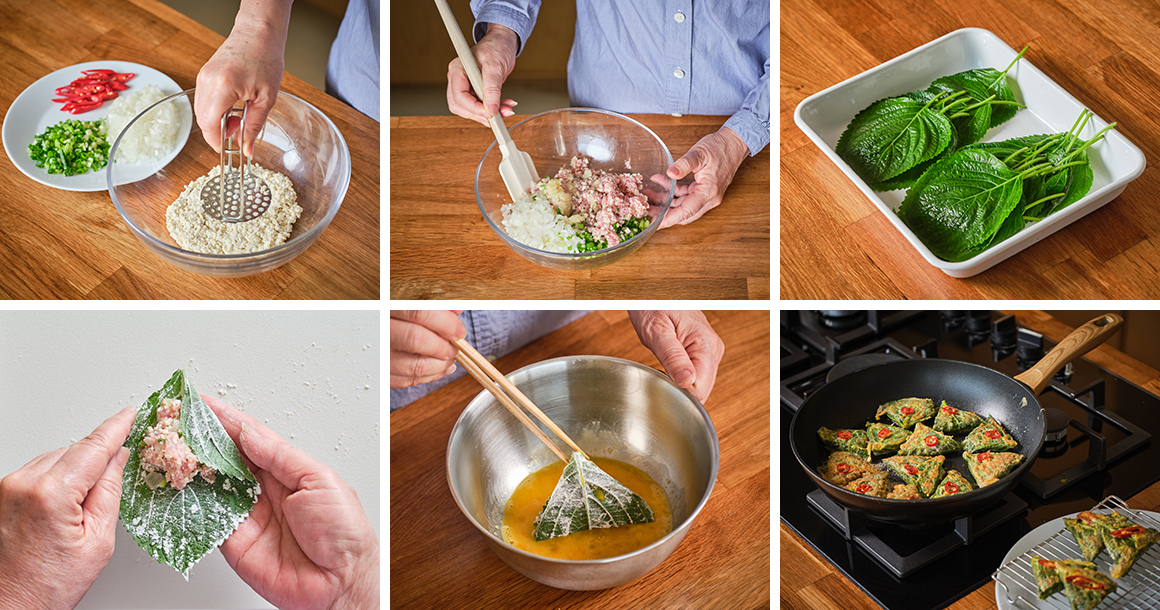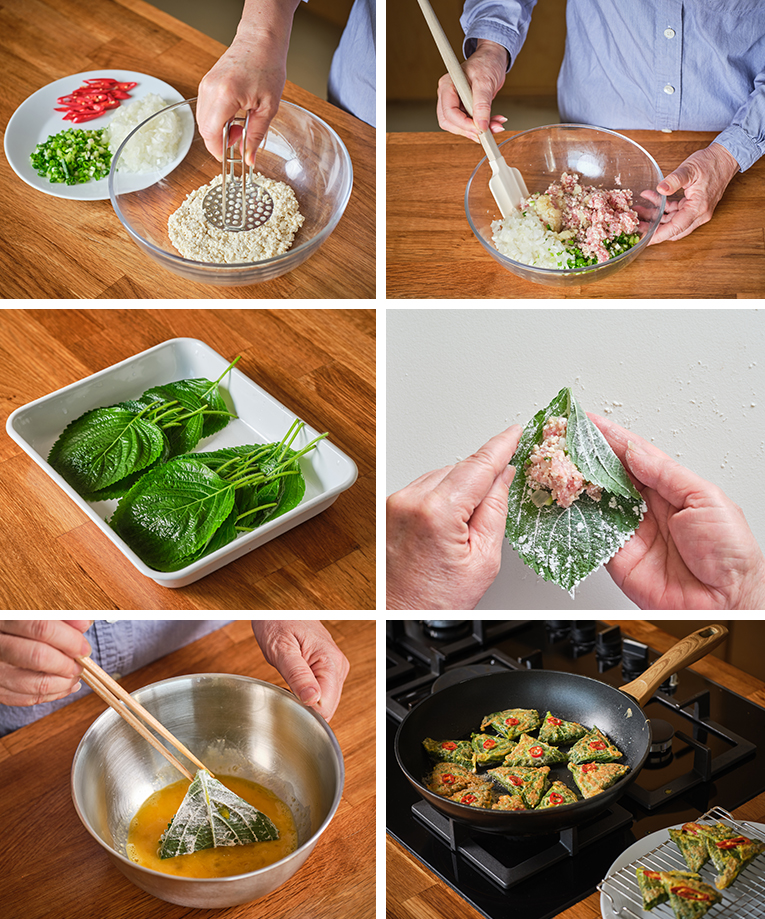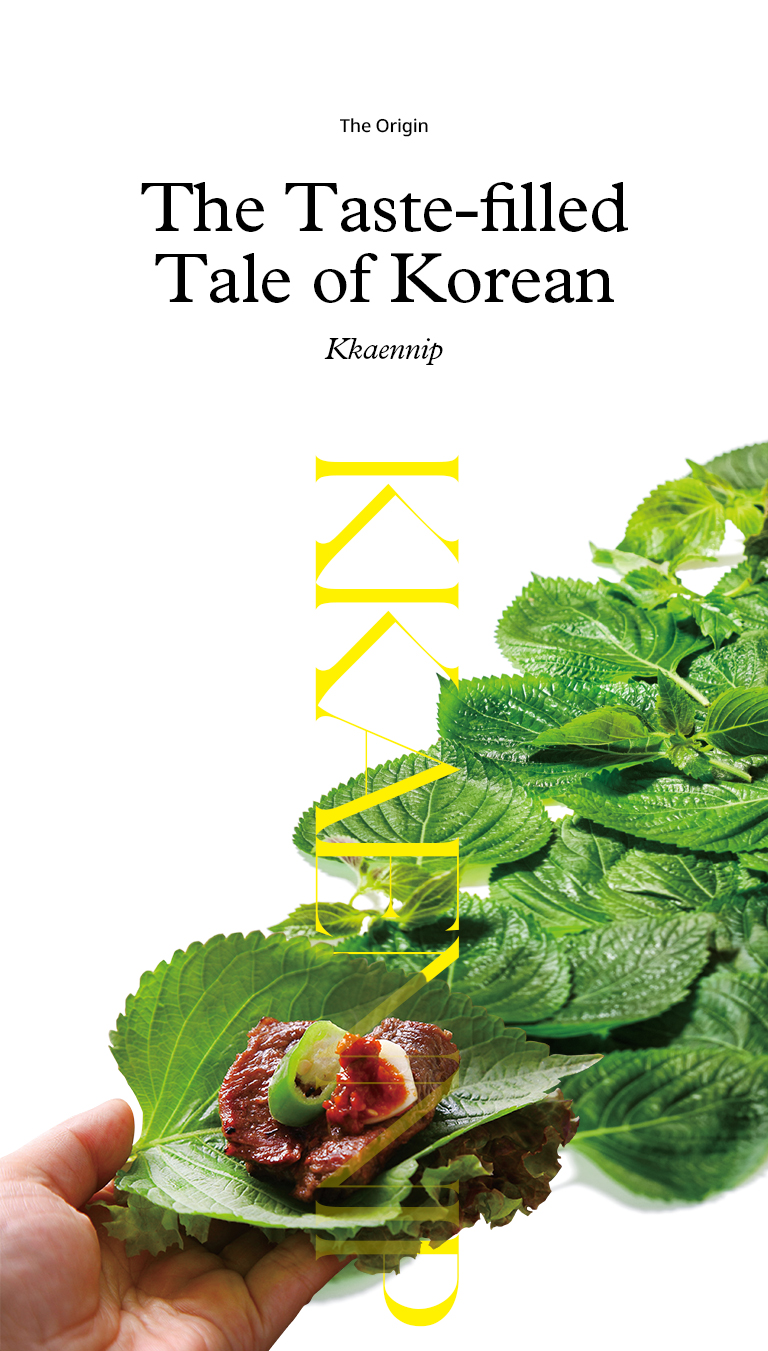
In the past few decades, the popularity of Korean food has skyrocketed worldwide. You can now find “Korean barbecue” restaurants in towns and cities all over the planet. And while grilled meat is usually the centerpiece at such eateries, diners everywhere enjoy “wrapping” barbecued meat in the various fresh, leafy green vegetables served at the table during these feasts. While some of these leaves (such as lettuce) are very familiar to non-Korean diners, others—like kkaennip—are less so.
Writer. Tim Alper
Kkaennip is usually translated into English as “sesame leaves”—a misleading misnomer. In fact, the kkaennip plant’s scientific name is Perilla frutescens, commonly known to botanists worldwide as Korean perilla. In Korean, the plant is called deulkkae. While sesame is part of the wider Pedaliaceae family of plants, Korean perilla is more closely related to the mint plant cultivated for use in Middle Eastern, British and Indian cuisines.
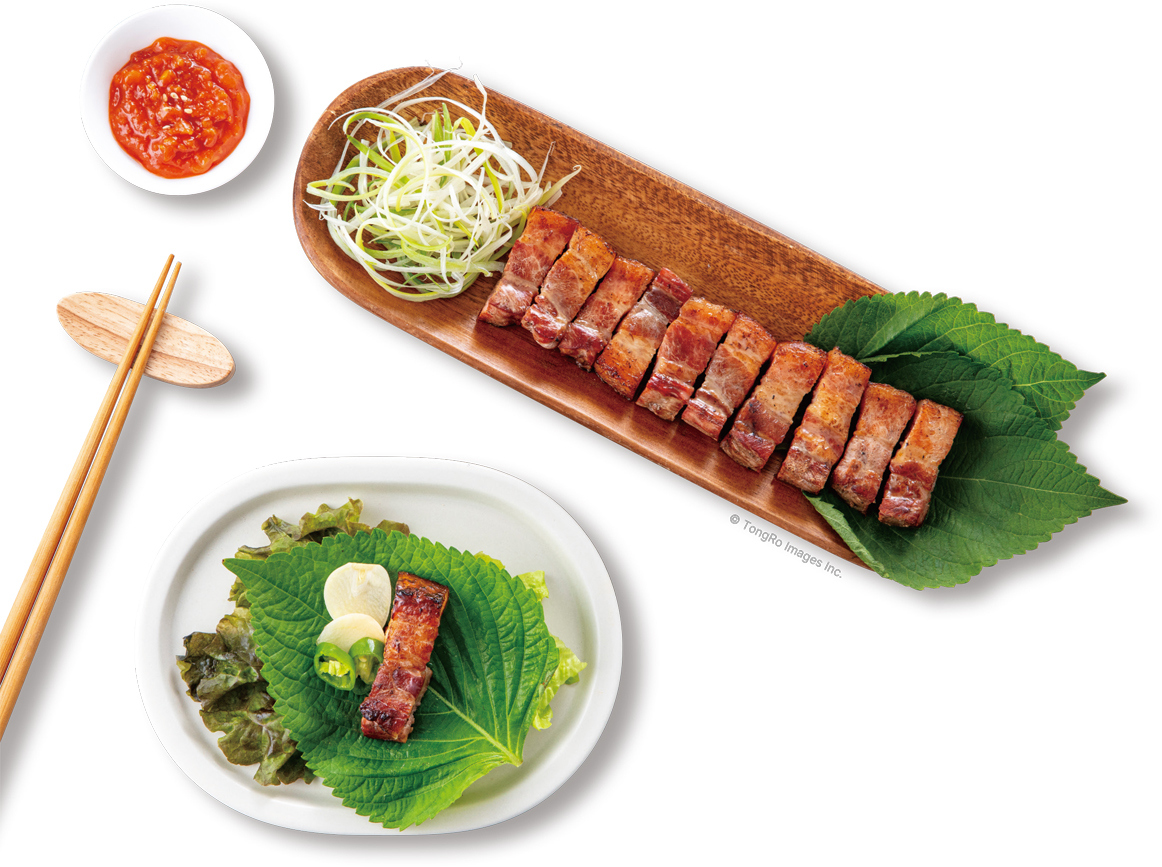
Confusingly perhaps for non-Koreans trying to distinguish between the two, Koreans also use the Korean perilla plant’s seeds to make a culinary oil, deulgireum, which is used in much the same way as the far more ubiquitous chamgireum (sesame oil).
The Korean perilla plant grows in much the same way as peppermint and spearmint, springing into life in late April and reaching full maturity around 70 days after germination. As it is self-pollinating, it is a relatively low-maintenance crop for farmers. However, once nighttime temperatures drop below freezing point in early Fall, plants quickly wither and die. In many cases, though, the roots survive through winter, returning to produce fresh leaves (and seeds) the following April. So, in Korea, many farmers grow Korean perilla plants throughout the winter in greenhouses because many modern Koreans prefer to eat kkaennip all year round.
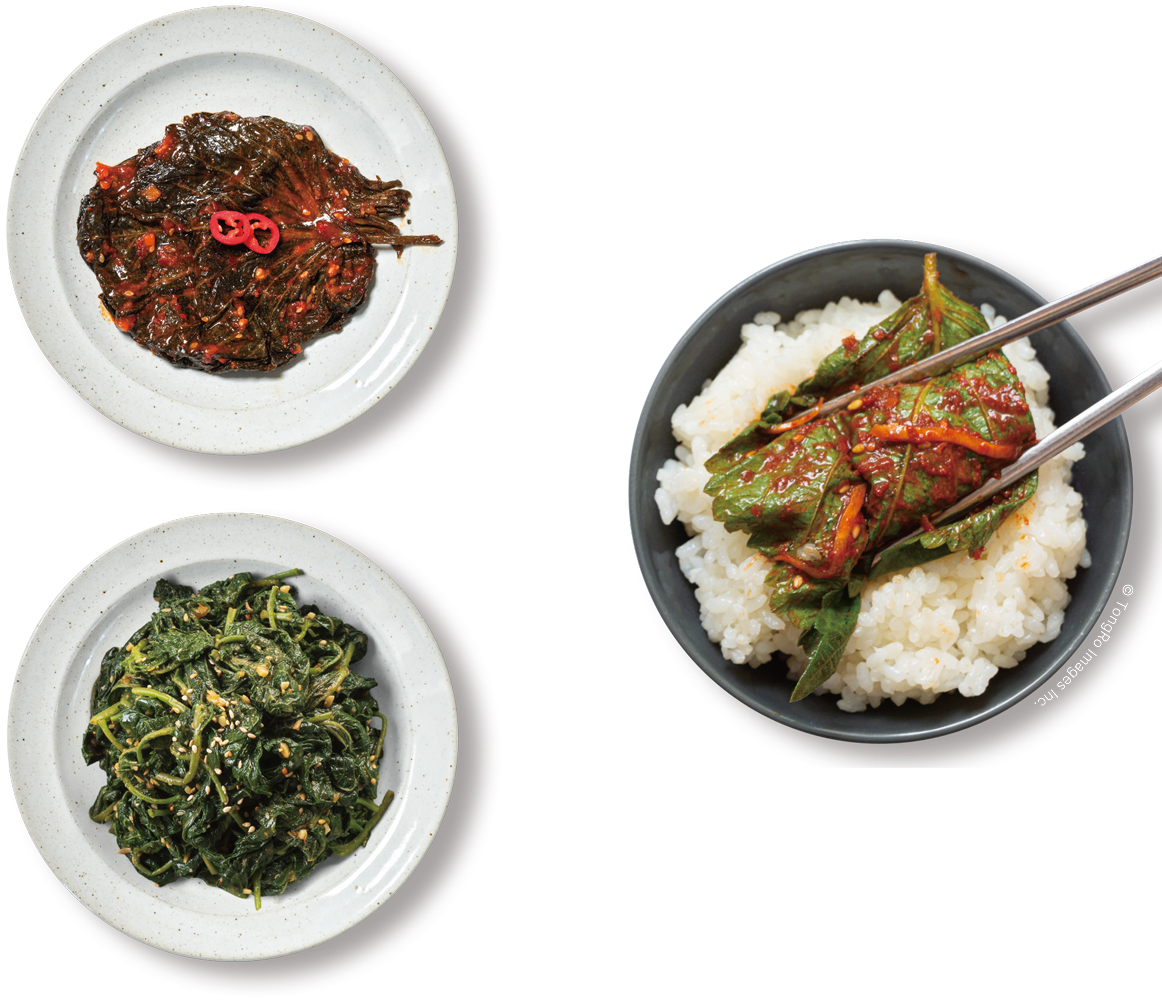 Koreans consume a perilla leaf dish pickled in a base made by mixing red pepper powder, ganjang (soy sauce)and other ingredients.
Koreans consume a perilla leaf dish pickled in a base made by mixing red pepper powder, ganjang (soy sauce)and other ingredients.
Scientists and archaeologists cannot say for sure when Koreans started cultivating the perilla plant. However, digs at prehistoric settlement sites have uncovered what appear to be stashes of unplanted perilla seeds that date back to prehistoric times.
The evidence, however, suggests that Perilla frutescens is not native to Korea at all, despite the name “Korean perilla.” In fact, the plant appears to originate from Southeast Asia and the Indian highlands. It has become known worldwide as “Korean perilla” mainly due to its enormous popularity in Korea.
No matter how, when or why the plant made its way to Korea, it has remained a mainstay of cuisine in the country ever since. While the fresh leaves were popular in the summer months, Korean cooks of the past developed ingenious ways to pickle and preserve excess leaves. One of the most popular of these is called kkaennipji (pickled perilla leaf), which usually involves a marinade of sweetened ganjang (soy sauce), garlic and pepper paste. Prepared in this way, kkaennip can last for months, meaning that even without the help of greenhouses, Koreans can enjoy the leaf all year round.
In 21st-century Korea, much about the old ways of life has changed. But kkaennip consumption remains largely unaltered. Just as they did tens, maybe hundreds of years ago, Koreans often place a small dish of fresh kkaennip on the table at mealtimes, using the leaves to wrap bite-sized portions of rice, fish or meat. Kkaennipjolim (braised perilla leaves) is always in high demand, with both home-made and store-bought varieties popular, even if peeling the leaves of this preparation apart with chopsticks is a notoriously tricky business.
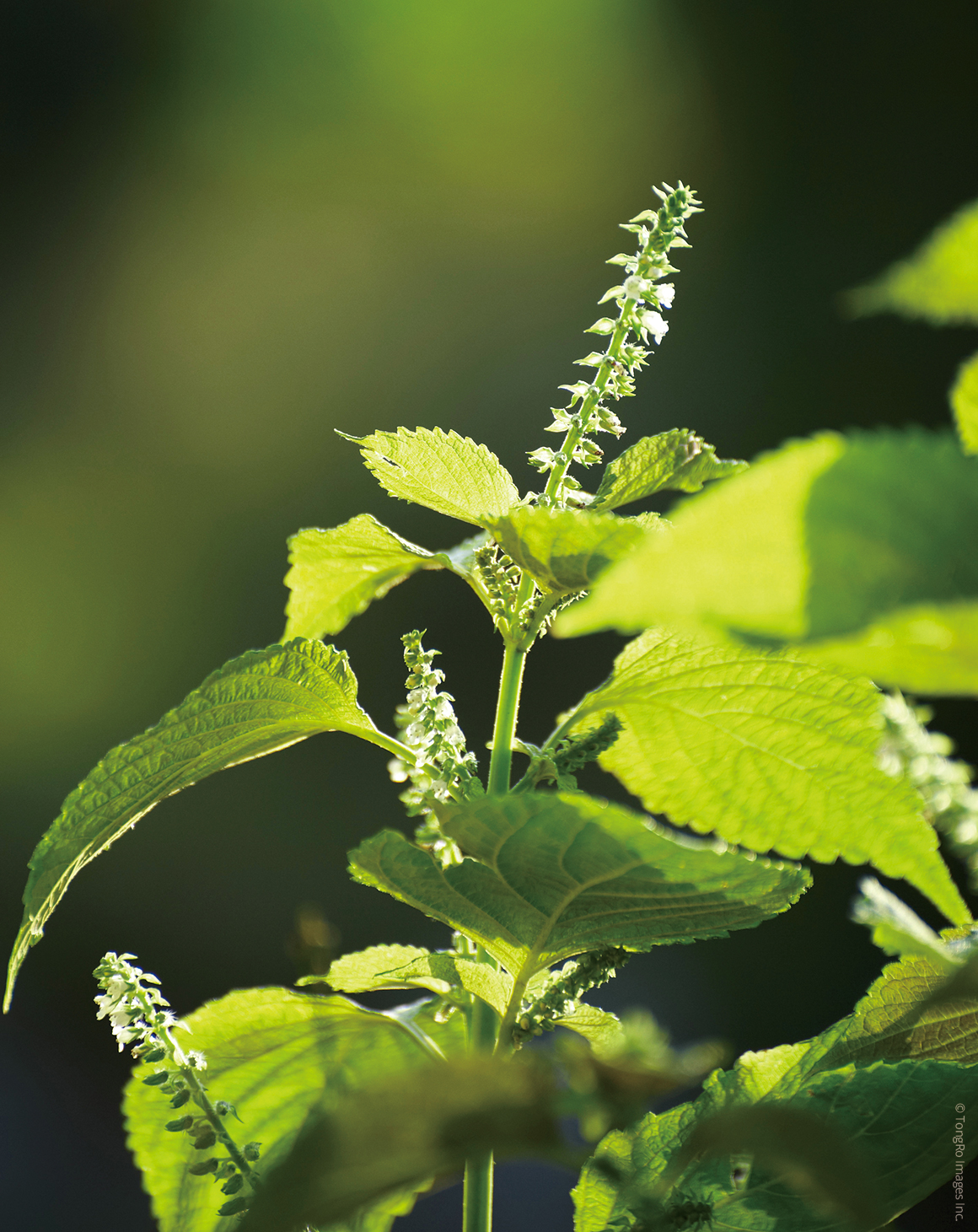
In recent years, scientists have begun studying kkaennip, noting that it may have a wide array of health benefits. The Korean perilla plant’s seeds are high in alphalinolenic acid (ALA). The human body can convert these short-chain omega-3 fatty acids to the longer-chain EPA and DHA, which are important for brain health. This fact could potentially one day put the seeds into the same kind of bracket as flax, chia and walnuts, hailed by health gurus as “superfoods.”
But the kkaennip leaves themselves are also health-bestowing. They are high in phytonutrients and minerals like iron and potassium, as well as the vitamins A, C and E. Some people think they may also help fight seasonal allergies like hay fever, reduce inflammation and even help treat depression.
Regardless of their health benefits, their flavor and texture is what makes kkaennip leaves so popular. They are much firmer than lettuce, meaning they have a pleasant bite. And with their fresh taste and slight bitterness, many diners feel they make the perfect complement for steamed rice.
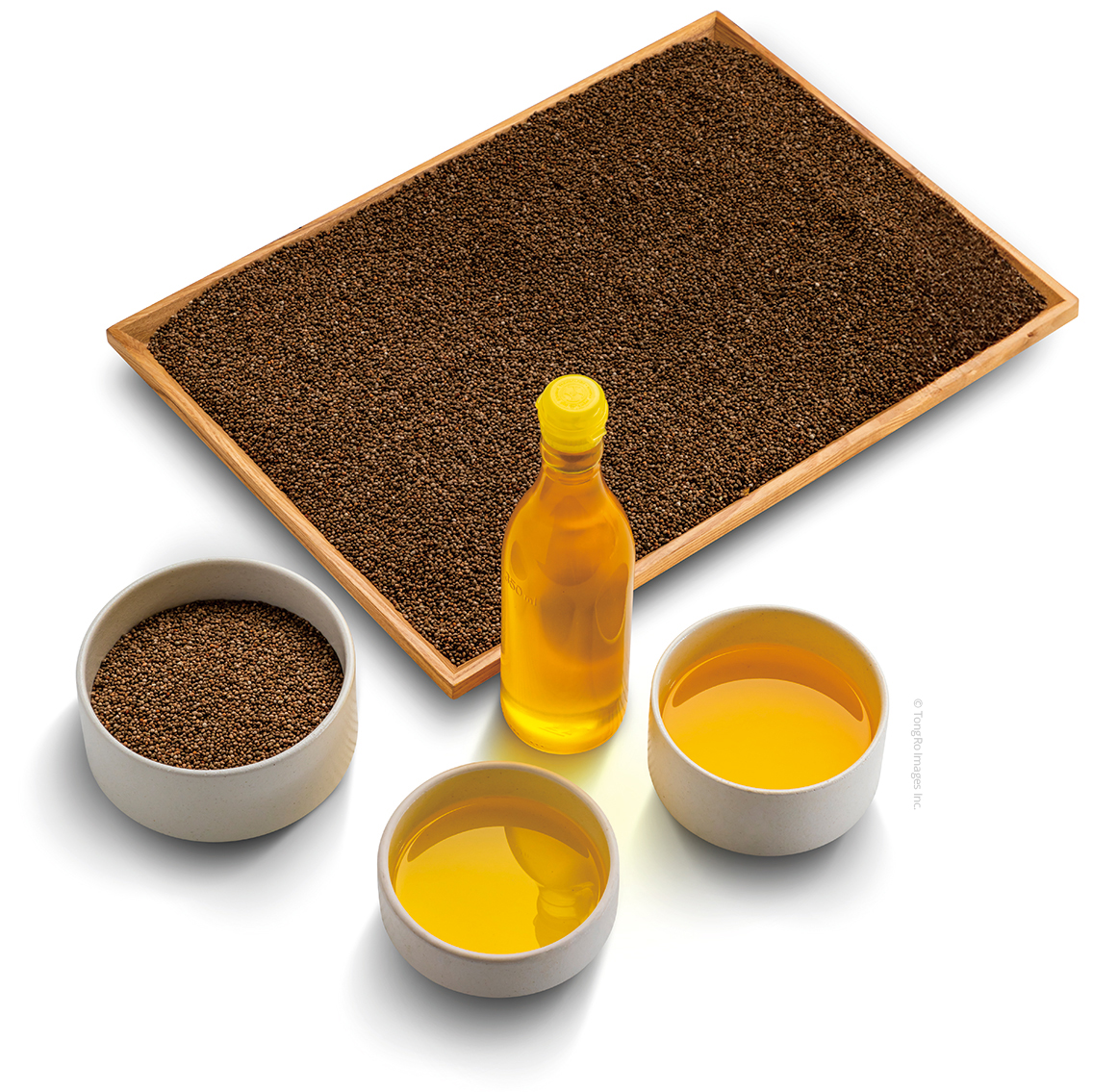 Perilla leaves typically refer to the leaves of the wild sesame plant. Wild sesame is usually consumed by pressing it for oil, or by roasting the seeds or grinding them into powder.
Perilla leaves typically refer to the leaves of the wild sesame plant. Wild sesame is usually consumed by pressing it for oil, or by roasting the seeds or grinding them into powder.
Kkaennip has very few equivalents outside Ko-rea. Salads are popular the world over. However, these are often dressed and marinated. And salad leaves, unlike kkaennip, are rarely eaten whole and unseasoned, in a single mouthful.
But as Korean food and ingredients become increasingly popular outside Korea, it is becoming easier than ever to find fresh kkaennip and tinned kkaennipjolim in supermarkets all over the world. Some green-fingered folk are discovering that it is surprisingly easy and inexpensive to grow your own kkaennip in gardens, or indoors in plant pots.
And adventurous international cooks are starting to discover that kkaennip leaves can be used to liven up non-Korean dishes, such as couscous, curries and pizzas. Some culinary pioneers use the leaves in place of basil in pesto sauces for pasta preparations, while others coat them in batter before frying—making for a super-crispy and savory snack.
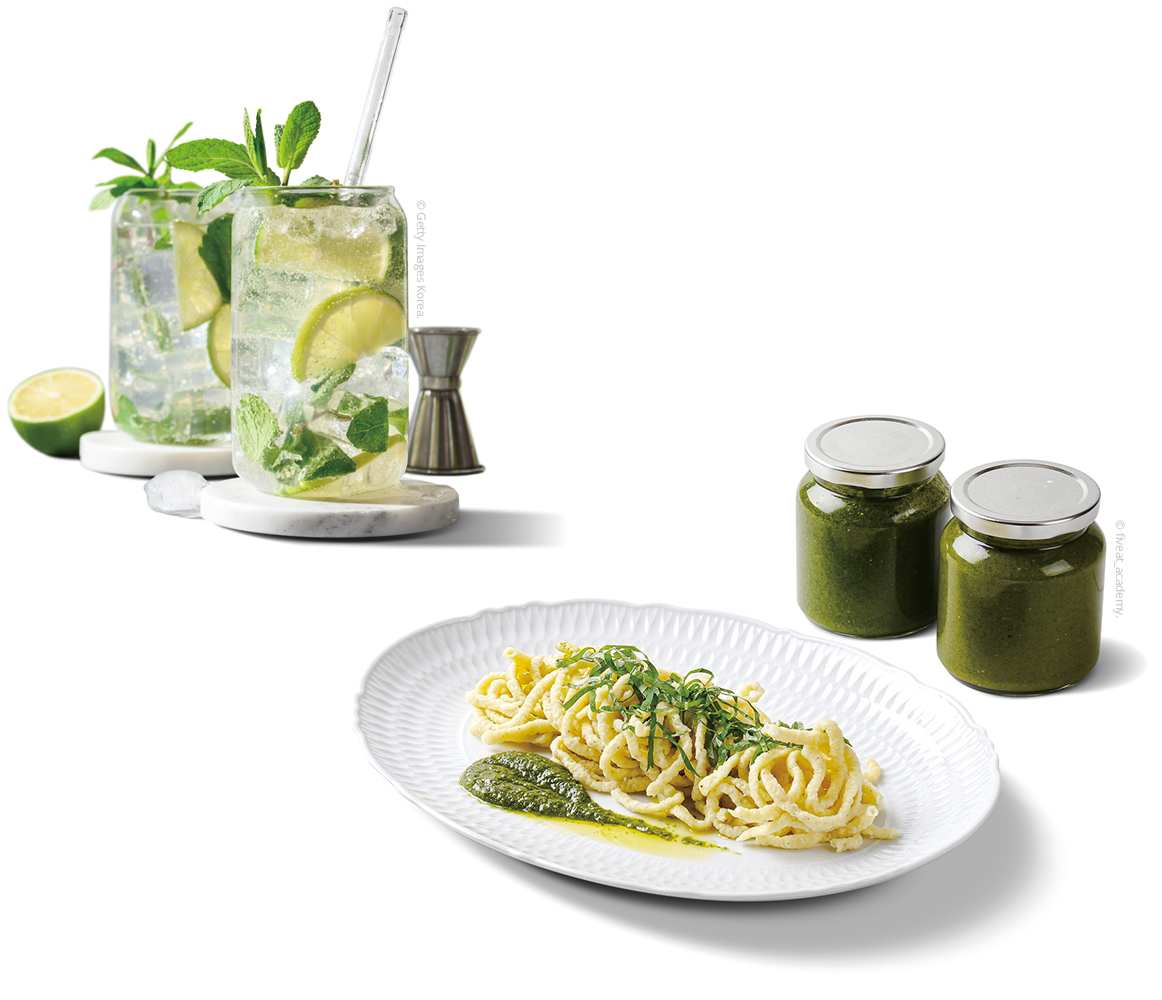 Due to its distinctive aroma, perilla leaves are sometimes used in cocktails or made into pesto as an ingredient for pasta dishes.
Due to its distinctive aroma, perilla leaves are sometimes used in cocktails or made into pesto as an ingredient for pasta dishes.
Writer. Tim Alper
Tim Alper lived in Korea for 12 years, immersed himself in Korean culture by indulging in traditional Korean foods and appeared on various television programs.
Filling
20 kkaennip (perilla leaves), 200 g ground pork, 1/4 onion, 1/4 block of tofu, 3 green onions, 1/2 Tbsp minced garlic, 1/2 Tbsp sesame oil, 1/2 tsp black pepper, 1/2 tsp salt
Frying Ingredients
Plenty of cooking oil, 2 eggs, 1 cup flour, 1 green and 1 red chili pepper (optional), a pinch of salt
